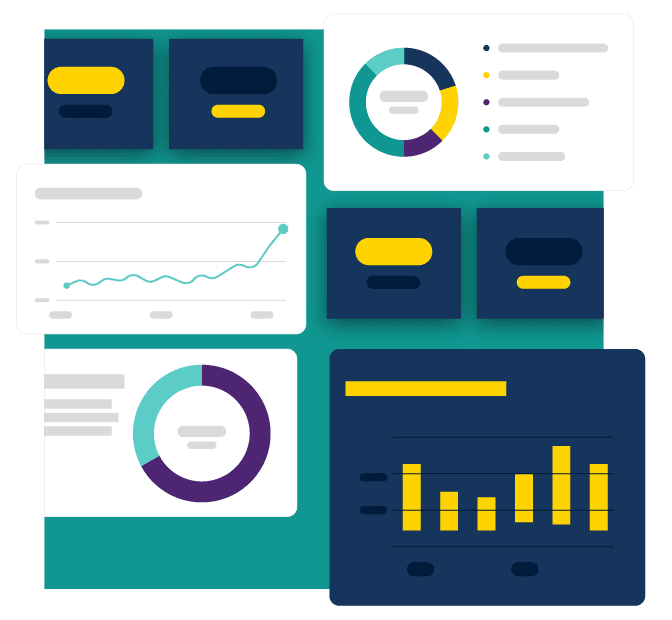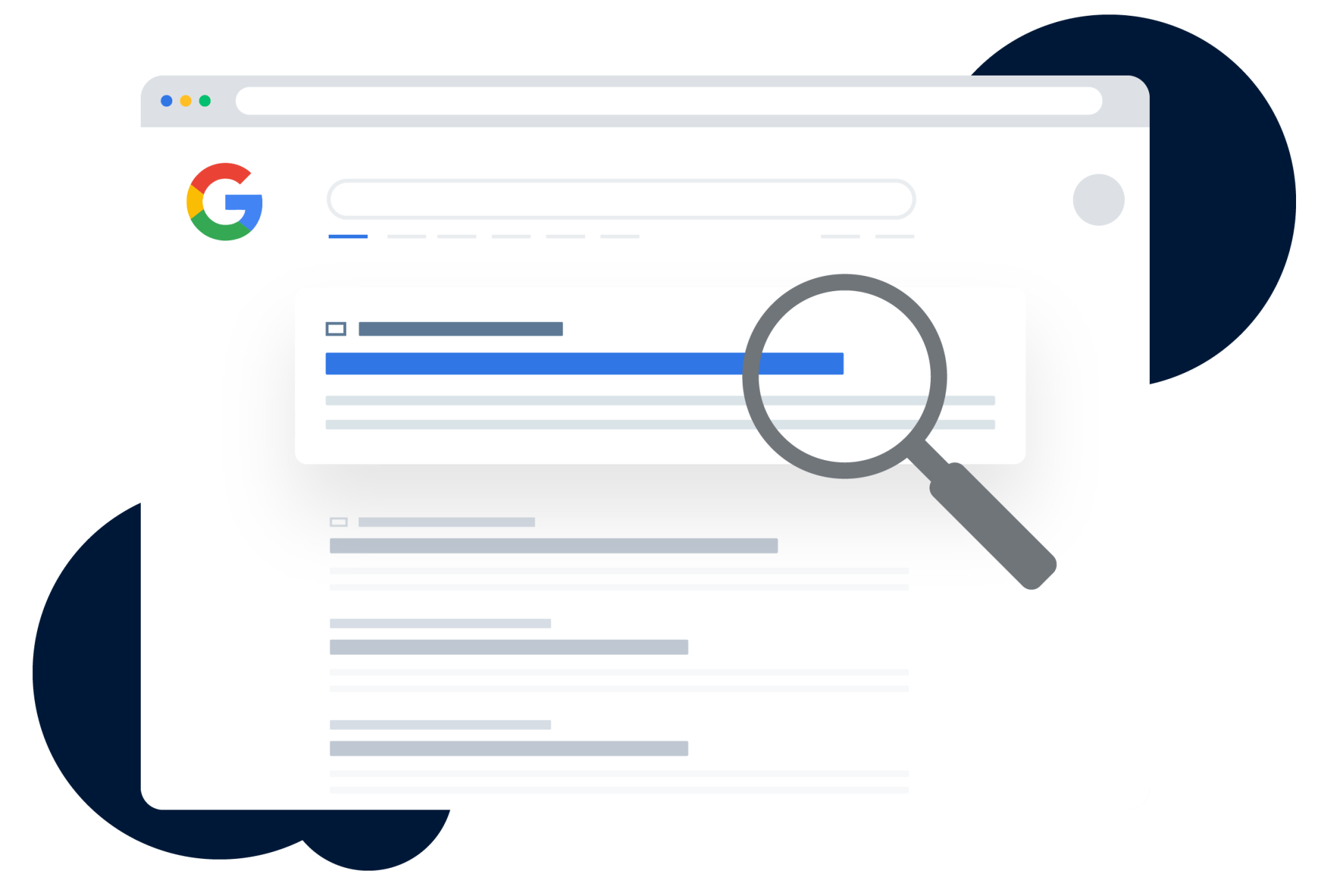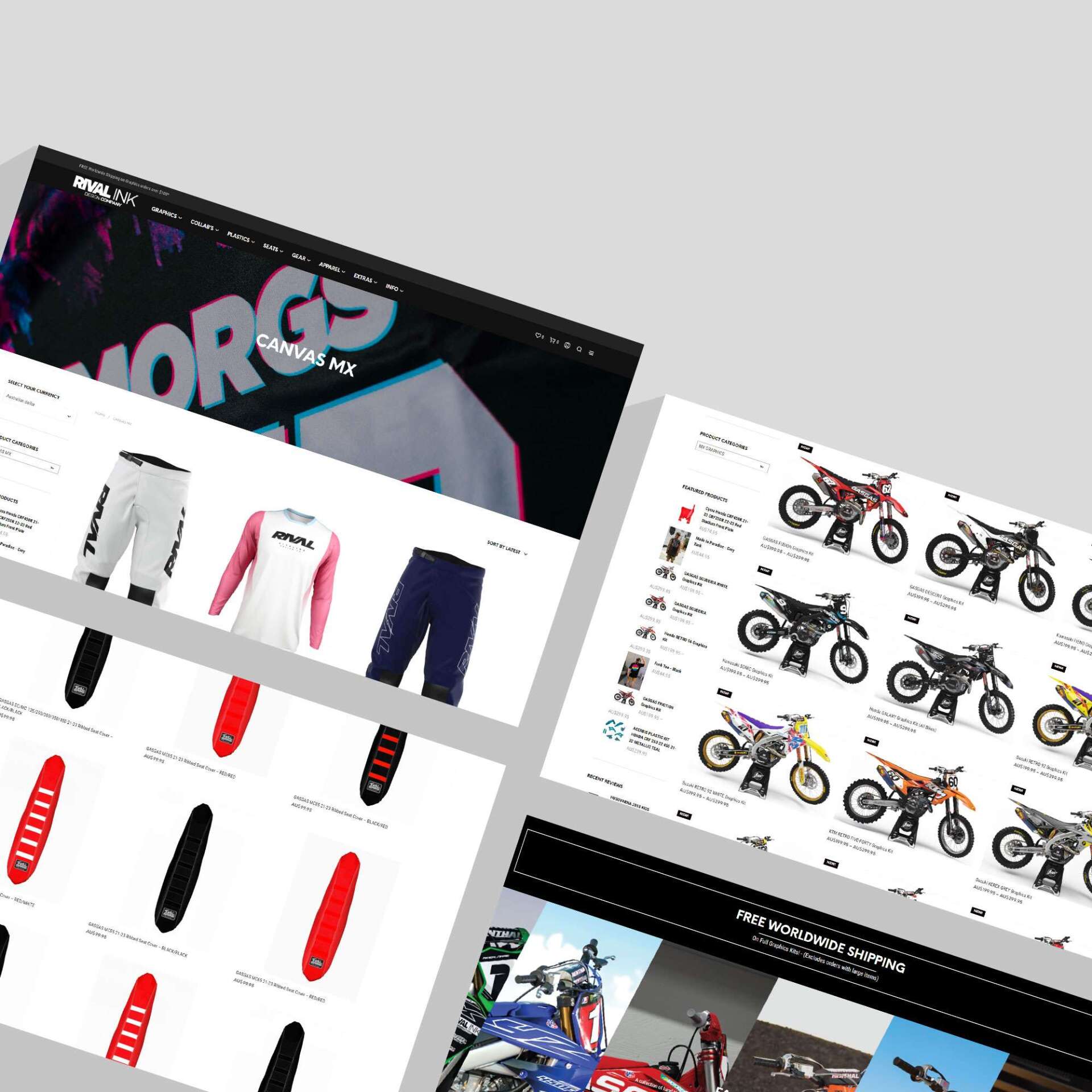Beyond the Basics: Your Guide to Advanced Marketing Analytics

Why Advanced Analytics Marketing is Changing Business Strategy

In today's hyper-competitive digital landscape, businesses can no longer afford to make decisions based on gut feelings or historical data alone. The key to open uping sustainable growth and a significant competitive edge lies in advanced analytics marketing. This sophisticated approach represents a paradigm shift, moving beyond simple reporting to a future-focused strategy. It combines powerful data analysis, machine learning, and predictive modelling to not only understand past performance but to reliably forecast future trends and prescribe the optimal course of action.
Unlike traditional analytics, which primarily offers a rear-view mirror view of what has already happened, advanced analytics provides a forward-looking perspective. It empowers businesses to anticipate customer needs, optimise marketing spend, and personalise user experiences with precision. This evolution is built on several core components:
- Descriptive Analytics : The foundation, answering "What happened?" This includes standard reports on website traffic, conversion rates, and campaign performance.
- Predictive Analytics : The next level, answering "What is likely to happen?" This uses historical data and statistical algorithms to identify the likelihood of future outcomes.
- Prescriptive Analytics : The most advanced stage, answering "What should we do about it?" This goes beyond prediction to recommend specific actions to achieve desired goals and outcomes.
- Machine Learning Integration : The engine that powers modern analytics. Machine learning algorithms can identify complex patterns in vast datasets, continuously learning and improving their predictions and recommendations over time.
- Real-time Decision Making : The ability to process and act on data as it comes in, allowing for dynamic adjustments to marketing campaigns for maximum impact.
Transitioning from a reactive to a proactive marketing strategy requires a solid foundation built on four essential pillars: high-quality data, a clear strategic vision, the right analytical tools, and, most importantly, the expertise to translate complex data into actionable business intelligence. The value of this shift is undeniable. According to research by McKinsey, companies that adopt an integrated, data-driven approach can free up 15 to 20 percent of their marketing budget. This translates to billions globally that can be reinvested for further growth or contribute directly to the bottom line.
This evolution empowers organisations to move beyond guesswork. Advanced analytics allows businesses to model individual customer behaviours, optimise entire marketing funnels, and deliver highly personalised products and messages at prices aligned with customer value perception, all while reducing operational costs.
At RankingCo, headquartered in Brisbane, QLD, this is how we work every day. We are the world’s best little digital agency—small enough to be agile, big enough to deliver at global scale. From our bases in Brisbane, Sydney, Melbourne, Auckland, Wellington, and Toronto, we help startups and scaling businesses across Australia, New Zealand, the US, and Canada use data to gain a durable advantage. Our team blends advanced data science with practical execution across full-funnel marketing: global and local SEO, paid ads (Google, Meta, LinkedIn), and website strategy/CRO.
What does this look like in practice? A few examples we see in client accounts:
- Budget allocation is continuously optimised across channels (for example, reallocating spend between Google Ads , Meta Ads, and Microsoft Ads) as predicted conversion efficiency shifts by region, time of day, or audience cohort.
- Search campaigns automatically adjust bids and creative when demand signals rise—say, when a product trend surges in Melbourne or a competitor’s stock dips in Auckland—using real-time inputs.
- Local SEO is guided by predictive traffic and conversion models that identify the suburbs and postcodes most likely to deliver high-intent leads, supported by our Get More Traffic , Leads SEO , Onsite SEO , and Technical SEO services.
- Landing pages and forms are tested and refined using data from thousands of sessions. Insights uncover the precise messaging and structure that increase conversion probability for each audience segment.
The outcome is a marketing programme that learns, adapts, and compounds results. Rather than asking "What happened last month?", advanced analytics marketing helps you ask and answer "What will happen next week?", "Why will it happen?", and "What should we do now?"—and then acts on those answers inside your campaigns.
As co-founder of RankingCo, I have seen advanced analytics turn good brands into market leaders. Over 15 years of helping companies scale from $1 million to $200+ million in revenue, one lesson has never changed: data only matters if it drives decisions. Our role is to make that happen—turning analytics into action with clear roadmaps, fast execution, and accountable outcomes.
If you operate in Australia or New Zealand, you can tap into our regional expertise via our local service hubs (for example, our Digital Marketing Services in Brisbane , Digital Marketing Services in Sydney , and Digital Marketing Services in Melbourne ). Wherever you are, our team is ready to help you apply advanced analytics to get found faster, convert more efficiently, and grow with confidence. Speak to our Brisbane, QLD headquarters any time via our Contact page: https://www.rankingco.com.au/contact.

Simple guide to Advanced analytics marketing terms:
To go deeper, explore how advanced analytics integrates with your ad stack and SEO workflow:
- Deploy predictive bidding and audience strategies in Google Ads while feeding learnings back into creative testing.
- Scale across additional networks with Microsoft eCommerce Ads and Microsoft Leads Ads Management , informed by cross-channel attribution.
- Strengthen your organic foundation with Onsite SEO and Technical SEO to ensure data-driven content reaches the right audience at the right time.
When analytics and execution operate as one, the compounding gains are substantial—and enduring.
Understanding Advanced Marketing Analytics: From Hindsight to Foresight
In the dynamic world of digital marketing, simply knowing what happened yesterday is no longer enough. To truly thrive and outmanoeuvre the competition, businesses must shift their focus from hindsight to foresight. This means not only understanding past performance but also accurately predicting future trends and, most importantly, knowing what actions to take to achieve desired outcomes. This strategic evolution is the core principle of advanced analytics marketing.

Traditional analytics, often referred to as descriptive analytics, is fundamentally about looking in the rear-view mirror. It excels at summarising historical data to explain past events. Metrics like website page views, click-through rates, and conversion numbers are classic examples. While this information is valuable for reporting and understanding historical performance, these are lagging indicators—they tell you what has already occurred, not what will happen next.
Advanced marketing analytics, in contrast, provides a forward-looking view. It encompasses predictive analytics, which uses statistical models and forecasting techniques to understand the future, and prescriptive analytics, which advises on possible outcomes and recommends the best course of action. This powerful combination transforms raw data from a simple record of the past into a strategic asset for the future. It enables marketing professionals to proactively fine-tune their strategies, optimise campaigns in real time, and achieve significantly better results. This proactive, data-driven approach is the cornerstone of our AI-powered marketing services , where we leverage cutting-edge technology to anticipate market shifts and guide our clients' strategic decisions.
To put it simply, descriptive analytics tells you what happened, diagnostic analytics explains why, predictive analytics forecasts what is likely to happen, and prescriptive analytics recommends what to do next. For busy founders and marketing leads, this is the difference between reacting to last month’s report and steering next month’s results.
What is Advanced Marketing Analytics?
Advanced analytics marketing is a sophisticated discipline that employs complex data analysis, machine learning algorithms, statistical modelling, and advanced visualisation techniques to uncover deep, actionable insights from your marketing data. It moves far beyond the surface-level metrics of traditional reporting. Instead, it involves processing and analysing large, often complex datasets (Big Data) to identify hidden patterns, subtle correlations, and critical anomalies that would otherwise go unnoticed.
At its core, advanced analytics is a strategic framework designed to answer a sequence of increasingly valuable questions:
- What happened? (Descriptive Analytics)
- Why did it happen? (Diagnostic Analytics)
- What will happen next? (Predictive Analytics)
- What should we do about it? (Prescriptive Analytics)
This holistic view empowers businesses to make smarter, data-driven decisions with confidence. It allows them to anticipate market changes, understand customer behaviour on a deeper level, and proactively tailor their marketing efforts for maximum impact and return on investment.
In practice, this means every element of your marketing stack can become more intelligent:
- Your media buying becomes predictive, not reactive—budget flows towards the highest-probability conversions across Google Ads , Meta, LinkedIn, and Microsoft.
- Your SEO roadmap is prioritised by projected impact—target pages and topics are chosen based on forecast demand and conversion potential, amplified by Get More Traffic and Leads SEO.
- Your landing pages and forms adapt to user intent—messaging and layout are tested and refined using statistically sound methods to reduce friction and improve conversion probability.
- Your measurement approach connects the dots—channel and campaign contributions are understood through robust attribution and incrementality models, guiding confident investment decisions.
Traditional vs. Advanced Analytics
The fundamental difference between traditional and advanced analytics lies in their focus, complexity, and ultimate business value. Traditional analytics provides hindsight, offering a clear picture of past performance. Advanced analytics, on the other hand, delivers foresight, providing the intelligence needed to shape future outcomes.
Here’s a breakdown of how they differ across key dimensions:
| Feature | Traditional Marketing Analytics | Advanced Marketing Analytics |
|---|---|---|
| Primary Goal | Reporting on past performance (What happened?) | Predicting future outcomes and prescribing actions (What will happen, and what should we do?) |
| Data Focus | Primarily historical, structured data. | Historical and real-time data, including structured and unstructured data (e.g., text, images). |
| Techniques Used | Basic statistical analysis, aggregation, dashboards, and standard reporting. | Machine learning, predictive modelling, data mining, sentiment analysis, and AI-driven algorithms. |
| Business Value | Provides a baseline for performance measurement and identifies past successes or failures. | Drives proactive strategy, enables personalisation at scale, optimises budget allocation, and creates a sustainable competitive advantage. |
| Skillset Required | Data analysis, proficiency with tools like Google Analytics, and reporting skills. | Data science, statistical modelling, programming (Python/R), and a deep understanding of business strategy. |
| Example Question | "How many leads did we generate from our Google Ads campaign last month?" | "Which leads are most likely to convert in the next 30 days, and what is the optimal message to send them?" |
Bringing Foresight to Life: How RankingCo Implements Advanced Analytics
To move from ideas to outcomes, we follow a clear, business-first workflow that keeps complexity under control and value front and centre:
- Clarify the commercial goal: growth, efficiency, or market expansion (often all three). We define precise KPIs such as MQLs, SQLs, revenue, CAC, and payback.
- Audit your data foundations: analytics setup, event tracking, consent, and data quality. We ensure GA4 is configured correctly, lead and conversion events are deduplicated, and channel-level tracking aligns with real revenue.
- Build a unified dataset: connect ads platforms, analytics, CRM, and eCommerce data. Data pipelines are designed to be privacy-safe and resilient.
- Model the future: apply forecasting and predictive models (e.g., propensity scoring, churn prediction, product recommendation) to inform where to spend and what to say.
- Activate and learn: feed model outputs into media buying, SEO prioritisation, and CRO testing—then iterate rapidly based on uplift and statistical confidence.
Because we operate across Australia, New Zealand, the US, and Canada, we also account for regional nuances—seasonality, currency, cultural context, and platform behaviour—so your strategy is tuned for each market without fragmenting your brand. This is where our positioning as the world’s best little digital agency matters most: we bring enterprise-grade thinking with a boutique level of care and speed.
Plain-English Examples Business Owners Appreciate
- Lead scoring: Rather than treating every enquiry equally, predictive models score each lead by likelihood to close. High-scoring leads receive faster follow-up and custom messaging; lower scores trigger nurture sequences.
- Demand shaping: If models forecast a demand spike for a product line in Auckland, we lift bids, expand keywords, and refresh creative for that region while preparing inventory and landing pages.
- SEO prioritisation: Forecasts identify the pages and terms most likely to deliver incremental revenue over the next quarter. We prioritise those, leveraging Onsite SEO and Technical SEO improvements to ensure crawlability and speed.
- Creative optimisation: Messaging variants are tested against predicted audience response, refining headlines, CTAs, and imagery to maximise conversion lift with fewer impressions wasted.
Why This Matters Now
Privacy changes, rising media costs, and intense competition have made guesswork expensive. Advanced analytics marketing replaces guesswork with evidence. It helps you:
- Invest with confidence by predicting the next best dollar of spend.
- Personalise ethically using first-party data and robust consent practices.
- Act in real time when market conditions shift.
- Prove marketing’s commercial value by linking activity to revenue.
Whether you are consolidating gains in a single city or expanding across regions, the brands that will win the next five years are already building these capabilities today. If you are ready to adopt a foresight-driven approach, our Brisbane, QLD team can help you plan and execute the change—start the conversation via our Contact page: https://www.rankingco.com.au/contact.















